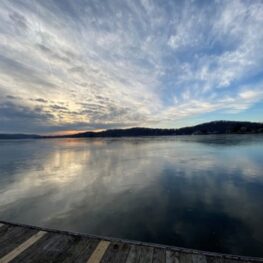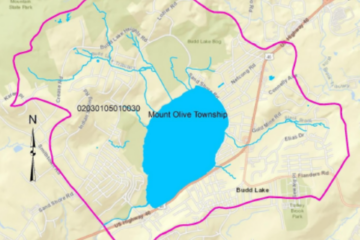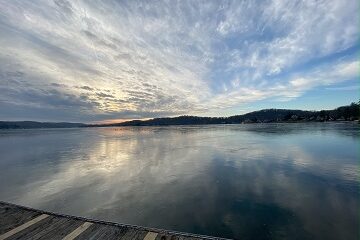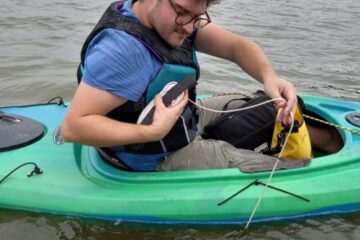
Budd Lake, photo by L. Theis.
Budd Lake is a critical waterbody in the Raritan Headwaters Region. It is the largest naturally formed lake in New Jersey. The lake is the source of the South Branch of the Raritan River, providing drinking water for 1.5 million New Jersey residents. Located in Mount Olive Township it serves as a recreational hub for residents and visitors. Unfortunately, the lake’s water quality has been deteriorating due to multiple factors.
In January 2023 NJ DEP approved a Watershed Restoration and Protection Plan for Budd Lake. Raritan Headwaters (RHA) partnered with the Rutgers Cooperative Extension Water Resources Program and Mount Olive Township to develop the plan, which calls for improved storm water management around the lake to control pollution. Read more about how you can help by installing a rain barrel and rain garden on your property.




